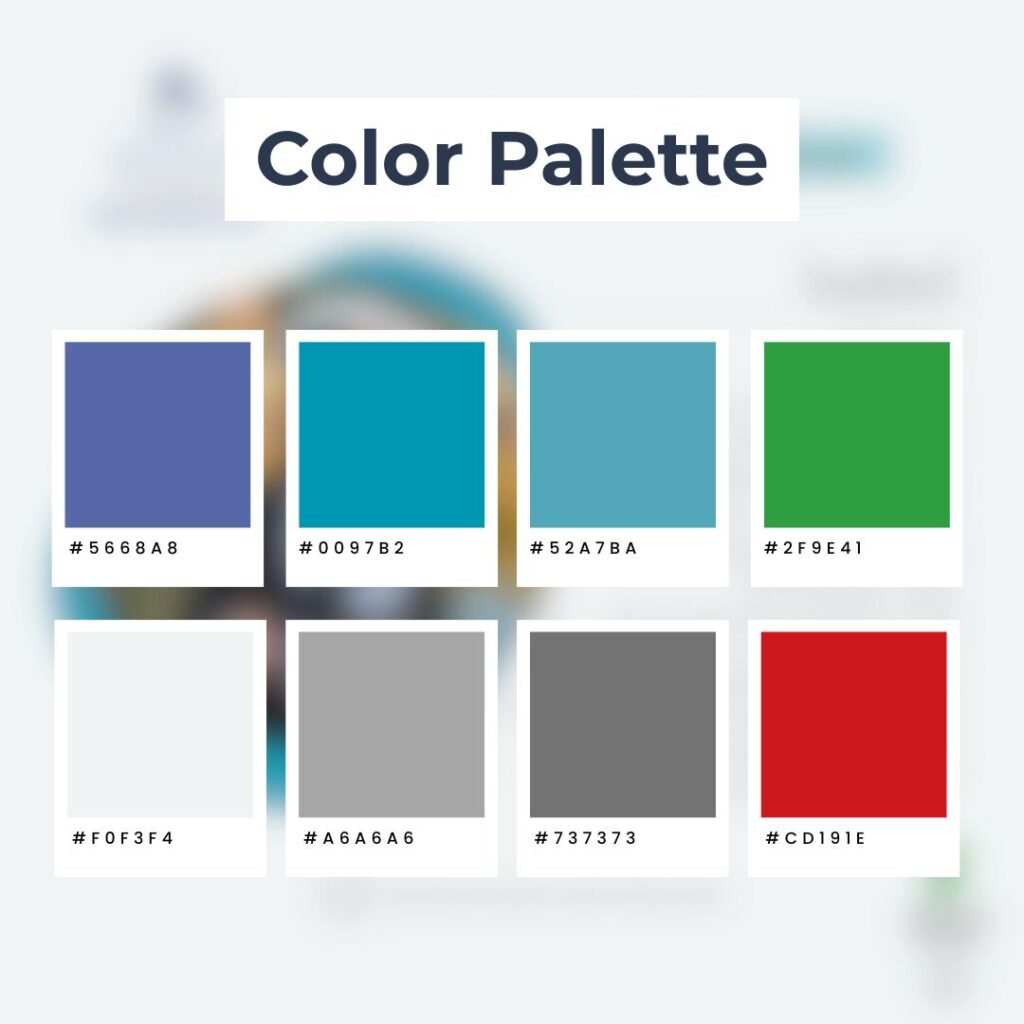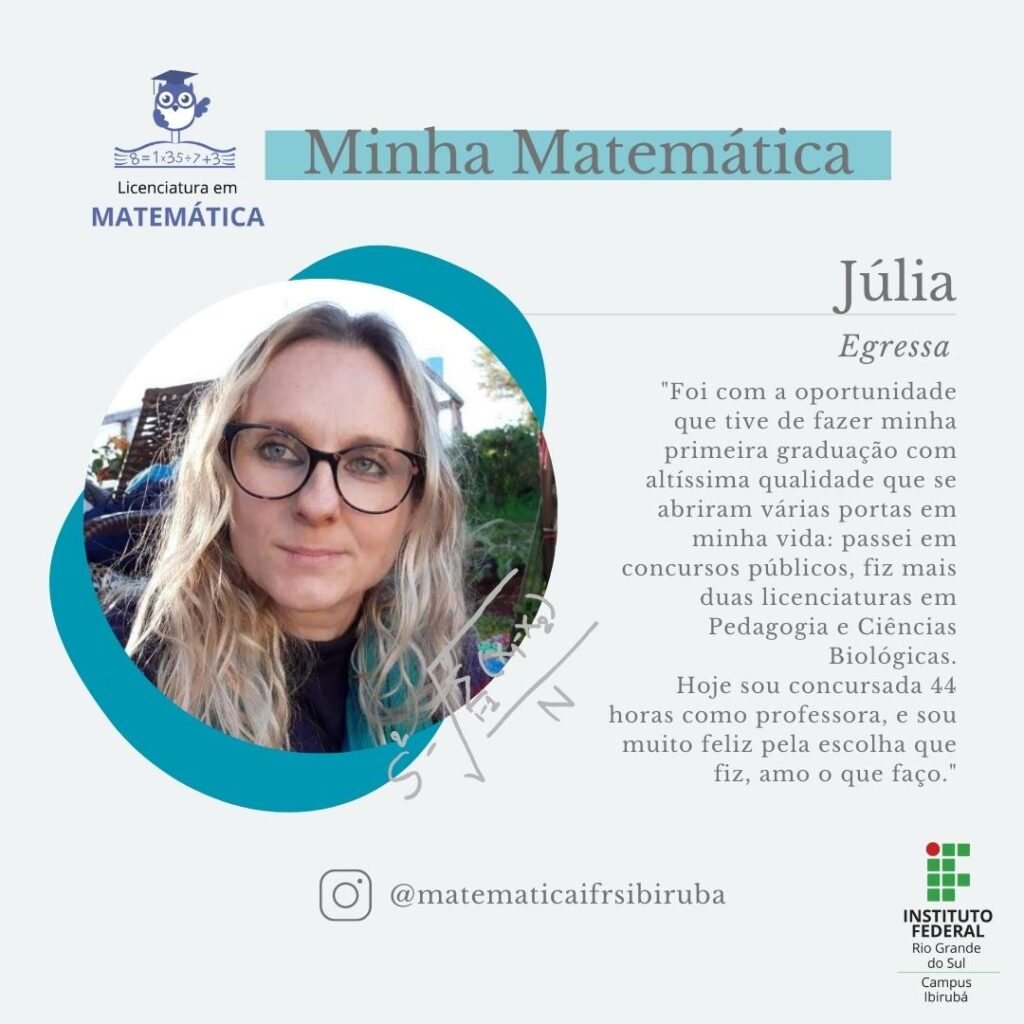Social Media Marketing Campaign
One undergraduate program at IFRS Campus Ibirubá was suffering from low demand, and creating a social media campaign could help improve the numbers. The Bachelor’s Degree in Mathematics focuses on teacher education. This means it includes pedagogical training, internships in schools, and qualifies graduates to teach at the primary and secondary education levels. Unfortunately, in Brazil, this profession is not highly valued in terms of social recognition, working conditions, or salary.
The number of enrollments had been decreasing year after year, despite the high market demand for professionals in this field. Therefore, I helped develop a social media campaign to address this issue. My role involved: creating the strategy, defining the media, structuring the campaign, designing the content, publishing the posts, and using Meta Business Suite to monitor and analyze the digital impact.
Creating the Social Media Campaign Strategy
Background Research
First thing I had to do was define the strategy and the target audience for the social media campaign. That involved creating a persona: the ideal student for the program. I interviewed the mathematics coordinator to gather details about their audience. I learned that most of their students are women who finished secondary school years ago and later decided to pursue an undergraduate degree. They live close to the campus and are already in the job market, working while studying. Using this data, I established a persona: a woman aged 20-35 years, living within a 30 km radius of the campus.
It was also important to consider the strategic communications plan of IFRS Campus Ibirubá when developing the campaign. The university only offers in-person degrees and has a strong focus on the local community, so going viral was not a priority. In fact, the ideal content should reach the current follower base, as they are primarily part of the IFRS community. Analyzing other social media content, I noticed high engagement with posts that showed students’ daily lives and human-centered images.
Social Media Campaign Strategy
Considering the persona for this campaign, I decided to develop content that highlights mathematics’ employability and alumni success. The focus was on relatable stories, using simple but professional language, and images that represented different student profiles. The idea was to target the middle of the funnel, offering detailed information about what to expect from the program. The campaign went live between May and July, allowing time to build other campaigns focused on the bottom of the funnel (an open doors event in August and the student selection process in September).
Although the main audience was on Facebook, overlapping Instagram demographics led me to publish content on both platforms. I created static Instagram/Facebook posts with Canva. The key messages works as social proof from alumni, talking about success after the mathematics program. The highlights were the high quality of both the program and the university. I then created a calendar on Meta Business Suite with posts scheduled for Wednesdays, when the audience was most active. Visuals remained similar on Instagram and Facebook, with captions adapted for each audience. I had no budget for this campaign, so the entire strategy was based on organic reach.
Building the content
I created the visuals for the social media campaign using Canva. I followed the IFRS visual identity guidelines to assure brand consistence, using green, red and black for IFRS’ logo. The predominant tons were derivated from the official logo of the mathematics program combined with the colors of IFRS.

Following the idea of stablishing social proof, the imagery prioritized real photos of students, choose by them in settings that vary according each card. The testimonial in the right side has a motivational and informative tone, aligned with the persona. I used the informal pictures and text to make the content more relatable and trustworthy for the target audience. I also added math-related symbols subtly in the background to reinforce the subject matter without overwhelming the layout.
The tones are clear and calm, but I carefully chose a darker shade and a readable font to improve accessibility. The text on the image is short but is part of a more complex and longer message in the captions. This excerpt was a powerful part of a full testimonial from an alumna about how the program improved her life after graduation. The captions featured the complete testimonial on Facebook and selected highlights on Instagram. The visual was the same for both platforms; what changed was the tone of the captions: Facebook received a more detailed and comprehensive version with a link to the program’s website, while Instagram featured a summarized version of the testimonial.

The Results
The campaign went live between May and July and reached around 8k viewers on Instagram and 18k viewers on Facebook. The numbers confirmed the predominance of the target audience on Facebook: the post was mostly viewed by women between 25 and 44 years old who were already followers of the IFRS pages.
As an indirect result, this campaign helped double the mathematics program’s demand in the student selection process compared to the results of previous years.

